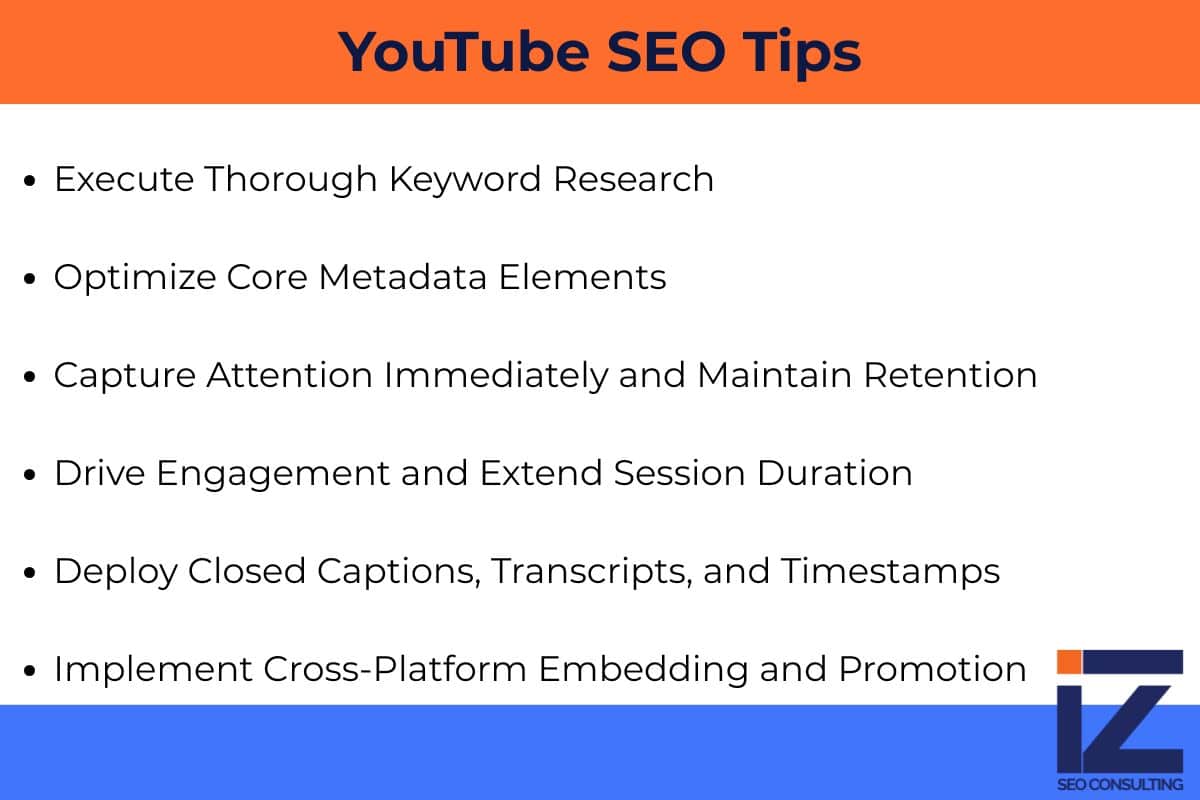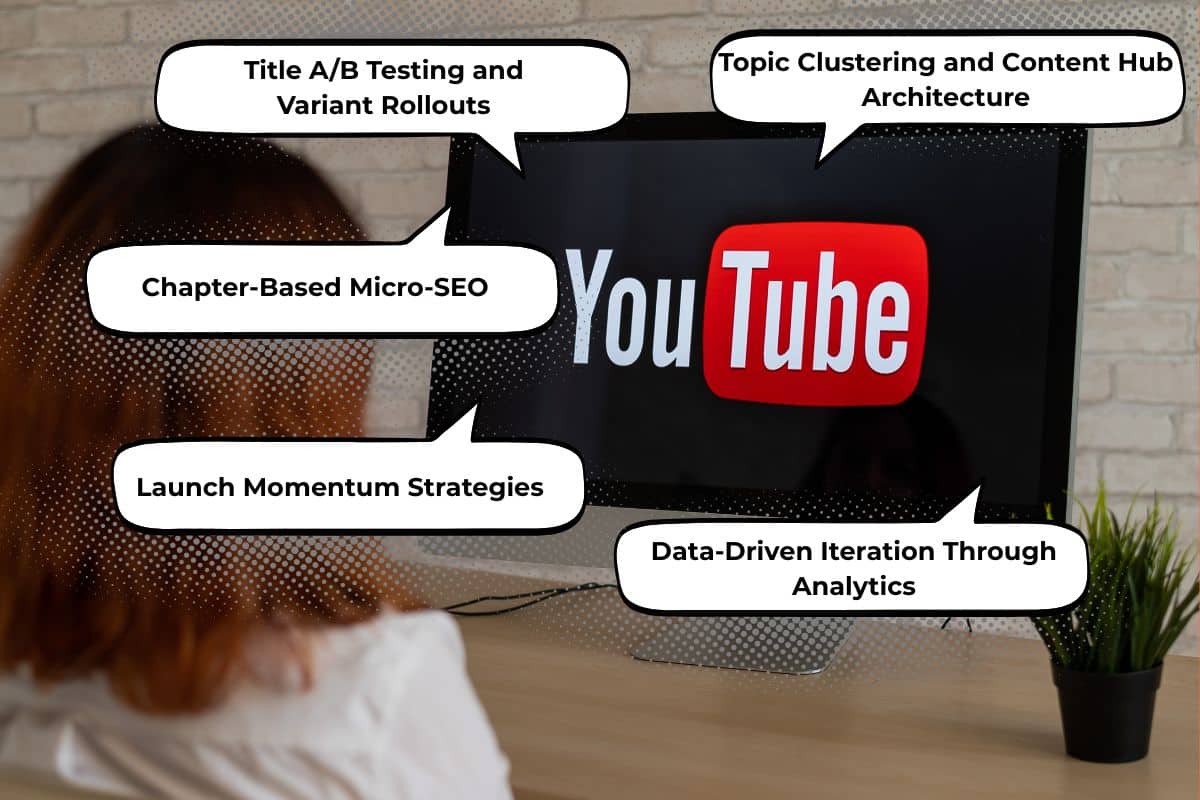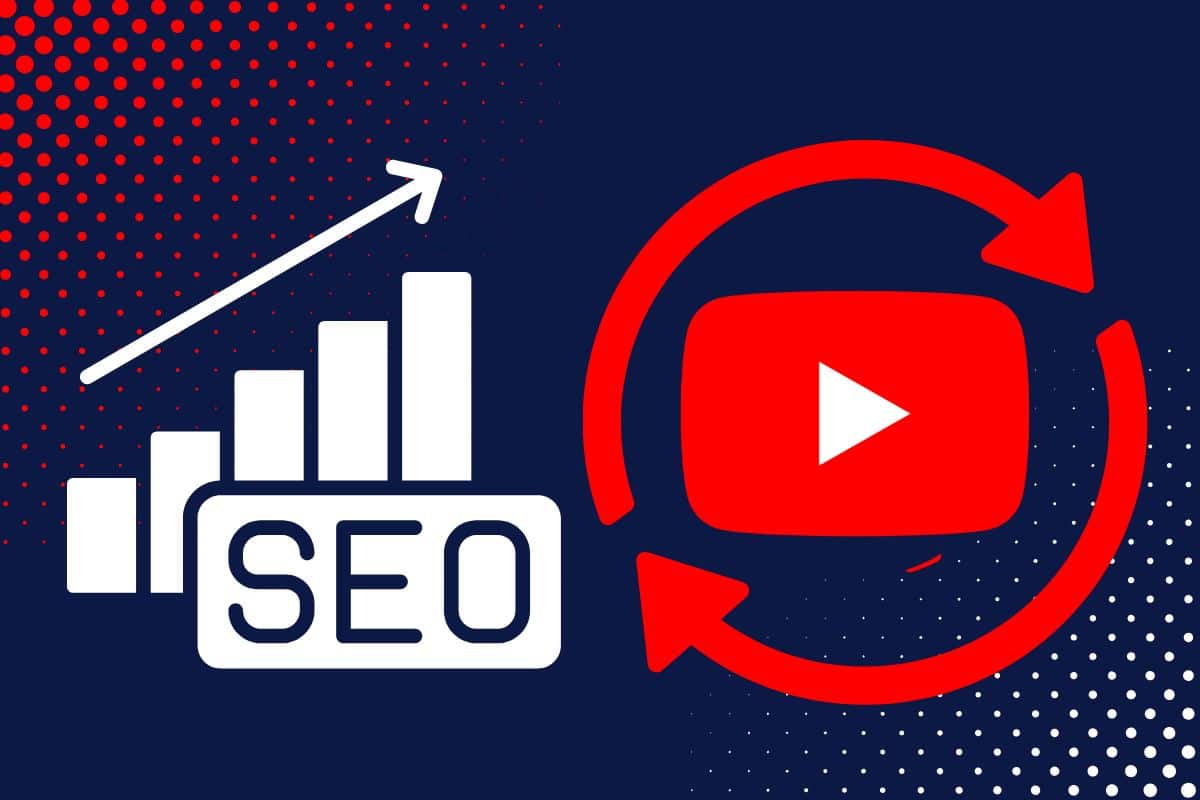When content creators think about growing their channel, understanding SEO for YouTube becomes essential. This comprehensive Indexed Zone SEO guide explores the best YouTube SEO tips for 2025, helping creators make their videos discoverable, properly optimized, and positioned to attract significantly more views.
YouTube has evolved far beyond its origins as a simple video-sharing platform—it now functions as the world’s second-largest search engine. Videos that fail to appear in search results or recommendation feeds quickly disappear into obscurity. The challenge facing every creator remains straightforward: master video search optimization. What follows is a YouTube SEO guide grounded in current algorithm behavior and real-world testing by successful channels.
Understanding the Core: What “YouTube SEO” Actually Means
Before diving into tactical best YouTube SEO tips, creators need to grasp what’s shifting in the platform’s ecosystem and what fundamentals still hold true.
YouTube’s ranking and recommendation systems evaluate multiple signals at the same time: metadata elements (titles, descriptions, tags), performance metrics (watch time, retention rates, engagement), and overall channel authority. In 2025, three particular shifts demand attention:
- Behavioral signals trump keyword manipulation — YouTube’s AI has grown sophisticated at understanding content context; simply stuffing tags no longer moves the needle. Signals like cumulative watch time, session duration, and viewer satisfaction now carry far more weight than raw metadata alone.
- A/B testing capabilities for titles and thumbnails — YouTube has introduced features allowing creators to test multiple title variations, letting the platform determine which generates better click-through rates before committing to a final version.
- Authenticity and original value matter more — Following revised monetization policies, repetitive or AI-generated content lacking genuine human insight faces potential algorithmic penalties.
This means optimizing for YouTube requires a different approach than traditional Google SEO tactics. Success comes from blending search-friendly structural elements with content that genuinely performs when people actually watch it. The strategies outlined below show exactly how to achieve this balance.
Best YouTube SEO Tips Creators Can Apply

1. Execute Thorough Keyword Research
- Smart creators start by leveraging YouTube’s autocomplete and suggestion features to discover what actual users type into the search bar. Tools like TubeBuddy, VidIQ, or Keyword Tool help estimate competitive difficulty for various terms.
- The winning strategy focuses on long-tail keyword phrases (such as “how to optimize YouTube video for seo”) rather than impossibly broad single-word terms. Studying what competitors rank for—especially videos with impressive view counts in specific niches—provides valuable intelligence.
This foundational step makes SEO for YouTube actionable. Without knowing which phrases to target, optimization becomes guesswork. Creators serious about growth should review the keyword research guide for a deeper methodology.
2. Optimize Core Metadata Elements
- Title crafting: Position the primary keyword toward the beginning while keeping it natural, compelling, and under approximately 60 characters.
- Description strategy: Include the target keyword within the first 25 words, then develop a comprehensive 250-300+ word description. Use keyword variations naturally throughout, incorporate relevant links, and add chapter timestamps.
- Tags and hashtags: Apply several exact-match tags plus related keyword variations. Avoid overdoing it—quality beats quantity.
- File naming and thumbnail optimization: Name video files with target keywords before uploading. Evidence suggests YouTube’s system reads file names as contextual signals.
These represent classic YouTube SEO optimization tips, but effectiveness lies in executing them naturally while letting performance metrics drive results. The principles align with broader on-page SEO best practices adapted for video.
3. Capture Attention Immediately and Maintain Retention
- Even perfectly-optimized metadata cannot rescue a video viewers abandon within five seconds. Retention rates reign supreme in YouTube’s algorithm.
- Successful creators employ strong opening hooks—posing questions, making bold promises, or presenting compelling problem statements. They eliminate unnecessary fluff or lengthy intro sequences, jumping directly into delivering value.
- Each video segment should maintain a tight structure without meandering or stalling. Inserting visual, audio, or conceptual “pattern interrupts” every few minutes helps reset viewer engagement and combat attention drift.
Longer videos gain algorithmic advantages when they sustain strong retention throughout. Duration alone means nothing if viewers consistently bail early.
4. Drive Engagement and Extend Session Duration
Engagement signals—likes, comments, shares, subscriptions—carry substantial weight. YouTube particularly rewards content that keeps viewers browsing within a creator’s channel rather than leaving the platform.
- Top-performing channels pose direct questions or prompts encouraging comment participation. They strategically deploy cards, end screens, and curated playlists to guide viewers toward additional content. Within videos themselves, creators reference related uploads they’ve previously published.
- Responding to comments quickly, especially during the first few hours after publishing, can help maintain engagement velocity and signal to the algorithm that the content sparks conversation.
5. Deploy Closed Captions, Transcripts, and Timestamps
Uploading complete transcripts or captions provides YouTube’s systems with additional text to parse and index, substantially improving how accurately the platform “understands” video content.
Chapter timestamps serve dual purposes—they help human viewers navigate to relevant sections while giving search algorithms clear structural signals about content organization. This technique supports improved search engine positioning for video content.
6. Implement Cross-Platform Embedding and Promotion
Smart distribution amplifies every upload. Whenever possible, creators should:
- Embed videos within blog posts or guest articles (generating referral traffic and cross-domain SEO signals)
- Share strategically on social media, newsletters, and relevant forums with proper context
- Encourage others to embed content
- Leverage existing website authority to support video performance
This approach demonstrates how videos and SEO work synergistically. When executed well, website content and video content reinforce each other’s discoverability. Those looking to maximize this effect should study how to write SEO friendly blog posts that naturally incorporate video embeds.
Advanced Tactics: Vital Video SEO Hacks
These strategies extend beyond basics—the kind of competitive edges experienced creators leverage for breakout growth.

A. Title A/B Testing and Variant Rollouts
YouTube’s Test & Compare functionality allows creators to trial multiple title versions early in a video’s lifecycle, letting the platform select the winner based on click-through rate and retention performance.
B. Topic Clustering and Content Hub Architecture
Organizing videos into thematic clusters establishes topical authority. Creators build comprehensive “pillar videos” supported by multiple related pieces, interlinking them through cards and carefully curated playlists. This signals to YouTube’s algorithm that the channel possesses genuine expertise in specific subject areas.
C. Chapter-Based Micro-SEO
Both in written descriptions and within spoken content, skilled creators incorporate target keywords or close variants within each chapter. This reinforces semantic context at granular levels throughout the video.
D. Launch Momentum Strategies
When publishing new content, immediately drive initial viewership by:
- Emailing subscriber lists
- Posting in niche community groups where the creator has an established presence
- Creating short teaser clips for social platforms (Reels, TikTok, Shorts) with links to the full video
Strong early engagement can trigger algorithmic amplification, giving videos critical initial momentum.
E. Data-Driven Iteration Through Analytics
Successful creators obsessively study retention curves, click-through rates, and drop-off points. When a video’s first 30 seconds show weak retention, they re-edit it. They revise titles, thumbnails, and descriptions based on actual performance data rather than intuition.
Pro Tip (insider edge): Create short clips or “teasers” extracted from main videos and publish them as YouTube Shorts with links pointing to full versions. Because Shorts receive massive algorithmic distribution, this creates an effective discovery funnel. Viewers who transition from Shorts to watching complete videos send powerful signals about content quality and cross-format appeal.
These vital video SEO hacks separate channels experiencing explosive growth from those plateauing despite consistent uploads.

Common Mistakes and Misconceptions
- Myth: Keyword stuffing equals ranking — Reality: Overdoing keywords in titles or descriptions typically damages click-through rates or triggers algorithmic suppression.
- Myth: Tags do all the heavy lifting — Reality: Tags have become secondary signals; performance metrics now dominate ranking decisions.
- Myth: One viral video beats consistent output — Reality: Rarely true. Consistent publishing rhythms build channel authority over time, creating compounding benefits.
- Myth: Misleading titles boost performance — Reality: Clickbait tanks retention rates; poor retention triggers algorithmic demotion.
- Myth: Set and forget metadata — Reality: Optimization requires iteration. Creators should revisit older videos, tweaking titles, descriptions, and thumbnails when performance underwhelms.
Understanding these distinctions helps creators focus energy where it actually matters, maximizing YouTube SEO benefits rather than chasing counterproductive tactics.
Frequently Asked Questions
How many times should the primary keyword appear in the title and description?
In the title, use it once naturally (ideally positioned near the beginning). In the description, aim for 2-3 appearances, especially concentrated in the first 25-50 words, then used sparingly afterward.
Should tags include unrelated trending terms?
No. Tags should accurately reflect the video’s theme and closely related variations. Irrelevant tags confuse YouTube’s topic modeling systems, potentially hurting rather than helping performance.
Does longer always mean better for video length?
Longer videos gain advantages only when retention remains high. A five-minute video maintaining 95% retention typically outperforms a twenty-minute video with 30% retention. Quality and engagement matter more than raw duration.
How often should older videos be reoptimized?
Creators should audit performance every 3-6 months. For videos that underperform relative to their potential, implement metadata adjustments and thumbnail updates based on current data.
Actionable Implementation Plan: Making SEO for YouTube Work Immediately
Creators ready to implement these strategies should:
- Select one existing video for complete optimization using the methods above (keyword targeting, metadata refinement, retention improvements, caption uploads)
- Publish with a coordinated promotional plan (email outreach, social distribution, strategic embedding)
- Monitor performance closely during the first 48 hours—tracking retention, click-through rate, and early engagement metrics
- When metrics underperform, test revised thumbnails or titles and measure results
- Apply the same systematic approach to the entire video backlog—gradual, compounding optimization across the channel
The key lies in consistently applying the best YouTube SEO tips rather than hunting for shortcuts or growth hacks. Over time, each incremental improvement compounds—generating more views, building greater authority, and strengthening search rankings.



